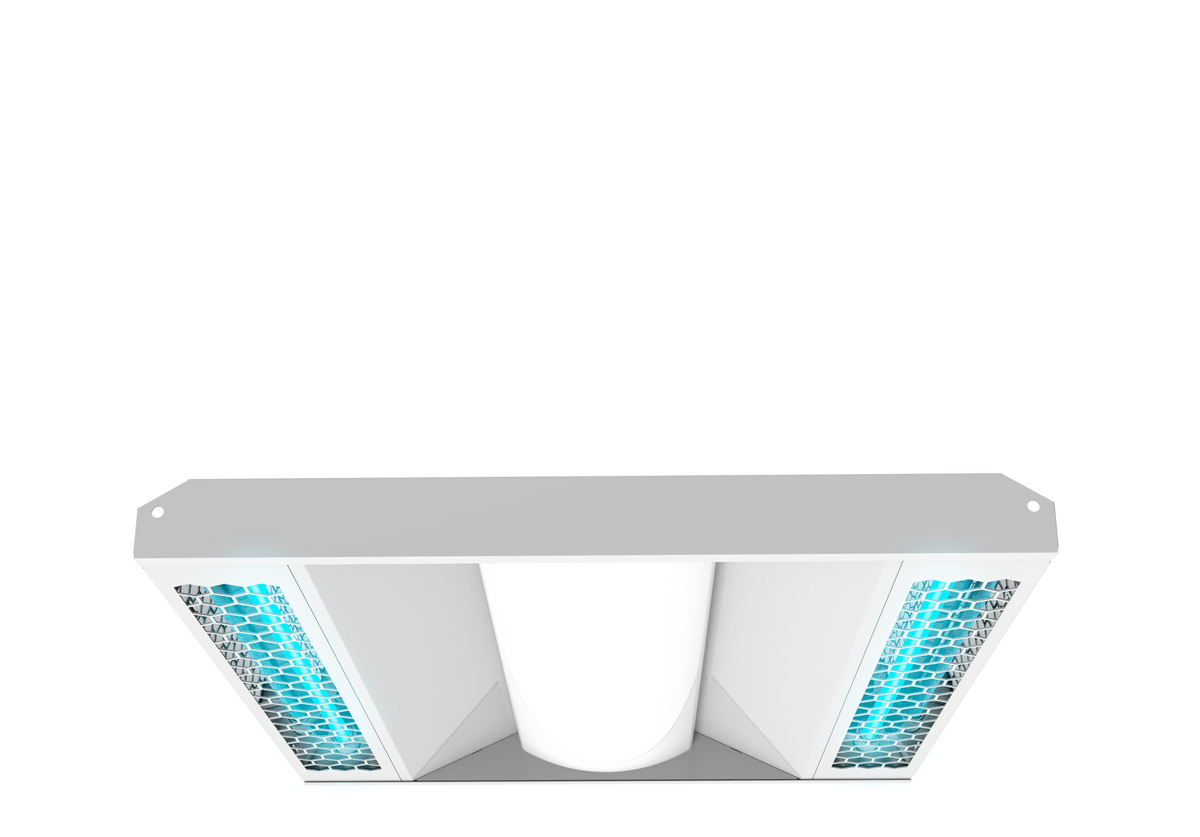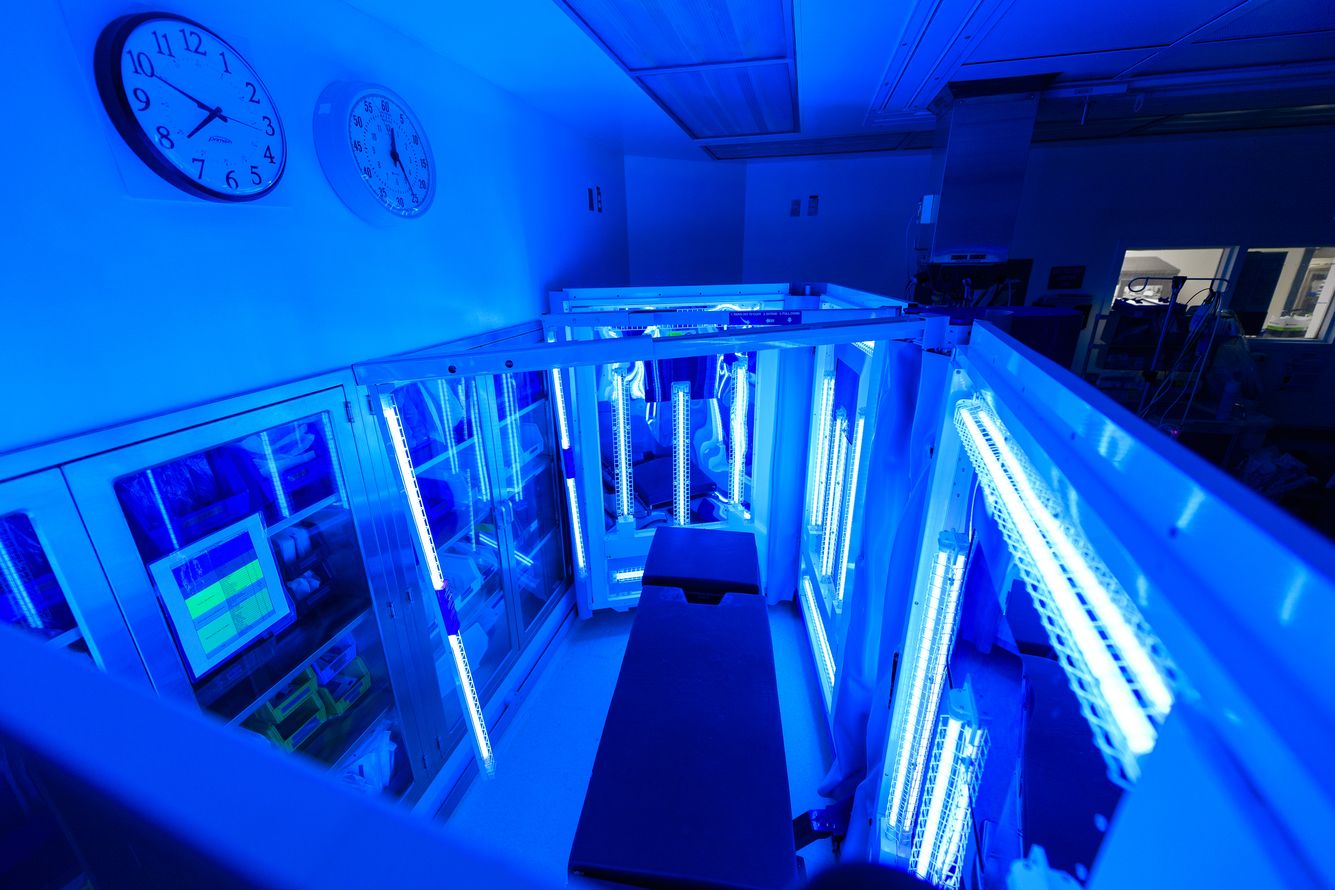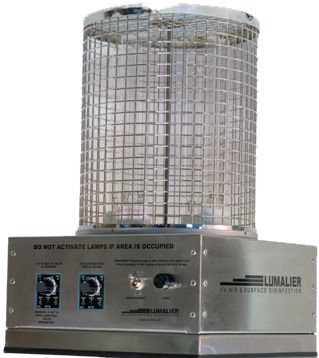Utilizing the Possible of UV Sanitation: Shielding Health and Hygiene
UV sanitation, an innovation widely made use of in different markets, has confirmed efficient in removing dangerous virus. From understanding the systems at play to applying this modern technology in our everyday lives, this conversation intends to shed light on the possibility of UV disinfection and its role in safeguarding our wellness and health.
Understanding UV Disinfection
UV sanitation is a highly effective and widely made use of approach for getting rid of unsafe virus and guaranteeing health and wellness and hygiene. This technique utilizes ultraviolet (UV) light to suspend bacteria by harming their DNA and preventing them from recreating. UV disinfection is especially reliable against bacteria, infections, and various other microorganisms that can create illness and infections.
The principle behind UV sanitation is simple yet effective. UV disinfection can be applied in numerous settings, including water therapy plants, health care facilities, food handling markets, and air purification systems.
Among the advantages of UV sanitation is its capability to properly and effectively eliminate a vast variety of pathogens without the requirement for chemicals or additives. Unlike other disinfection approaches, such as chlorine or ozone, UV disinfection does not present unsafe spin-offs or chemical deposits into the setting. Additionally, UV sanitation is a non-contact procedure, which implies that it does not require physical call with the microorganisms, decreasing the danger of cross-contamination.

The Scientific Research Behind UV Disinfection
The performance of UV sanitation lies in its ability to interrupt the genetic product of microbes, rendering them not able to reproduce and thereby removing their damaging capacity. This high-energy UV-C radiation is most reliable in sanitation applications due to the fact that it can penetrate the cell wall surfaces of microbes and harm their DNA or RNA.
When microbes are revealed to UV-C radiation, the energy is taken in by their hereditary product, triggering bonds to break and developing chain reactions that disrupt their ability to replicate. This stops the microbes from spreading and duplicating infection. UV disinfection is particularly effective versus fungis, germs, and infections, including common microorganisms such as Escherichia coli, Salmonella, and Influenza.
The science behind UV disinfection is supported by considerable study and researches. It has actually been revealed that exposure to an enough dosage of UV-C radiation can accomplish a high level of sanitation, typically exceeding 99.9% efficiency in eliminating microorganisms. It is vital to note that the performance of UV disinfection depends on numerous elements, consisting of the intensity of UV-C radiation, exposure time, range from the UV source, and the susceptibility of the bacterium to UV radiation (uv surface disinfection).
Applications of UV Disinfection
Provided the extensive research study and efficacy of UV disinfection in interfering with the genetic material of microbes, it is essential to check out the various functional applications of this technology. UV sanitation has actually shown to be an important device in a vast array of sectors where preserving a safe and clean environment is important.
One major application of UV disinfection remains in healthcare settings. UV light can be utilized to decontaminate surfaces, devices, and also the air in medical facilities and clinical facilities. This assists to lower the risk of healthcare-associated infections and guarantees a more secure environment for clients and medical care workers.
One more vital application is in the food and beverage market. UV disinfection is used to treat water and get rid of hazardous microorganisms, such as E. coli and Salmonella, from the production process. uv surface disinfection. This makes sure the safety and security and quality of the products we take in
UV disinfection is also widely utilized in water therapy plants and wastewater therapy centers. It is an effective method for ruining unsafe germs, infections, and bloodsuckers that can be existing in water resources. This assists to provide risk-free and tidy drinking water to communities and protect the environment from contamination.
Furthermore, UV sanitation is used in the pharmaceutical industry to sanitize devices and keep the honesty of products. It is additionally made use of in research laboratories and study centers to stop contamination and guarantee accurate results.
Advantages of UV Disinfection Modern Technology
One remarkable advantage of using UV sanitation innovation is its capacity to properly eradicate bacteria without making use of rough chemicals. This is especially advantageous in numerous setups, such as health care facilities, water therapy plants, and food handling sectors, where the visibility of damaging microorganisms poses a significant threat to public health and wellness and safety.
Unlike typical sanitation methods that count on chemicals like chlorine or ozone, UV disinfection modern technology uses ultraviolet light to target and destroy the DNA of microbes, efficiently counteracting their capability to duplicate and trigger infections. This process not just eliminates the demand for potentially harmful chemicals however also lowers the risk of chemical deposit or by-products continuing to be in the treated setting.

In addition, UV sanitation modern technology is ecologically friendly. As it does not depend on the usage of chemicals, it removes the need for their disposal, transportation, and manufacturing, decreasing the total carbon impact connected with disinfection procedures. Additionally, UV disinfection systems have a longer life about his expectancy compared to chemical-based techniques, resulting in less frequent replacement and further decreasing waste.
Applying UV Sanitation in Day-to-day Live
To properly carry out UV sanitation in everyday life, organizations and people can include portable UV sterilizing devices into their health regimens and cleaning up methods. These devices are designed to release ultraviolet light, which has been shown to kill or suspend a vast variety of bacteria, including fungis, germs, and viruses. By utilizing portable UV sanitizing tools, people can sanitize typically touched surfaces and items, such as cell phones, laptop computers, secrets, and doorknobs, decreasing the risk of spreading out germs and infections.
In enhancement to incorporating mobile UV sanitizing gadgets, it is essential to adhere to appropriate standards and recommendations for reliable UV disinfection. This consists of guaranteeing that the tool is used appropriately and for the recommended period to achieve ideal sanitation results. It is additionally vital to prioritize security measures, such as using protective eyeglasses and staying clear of direct exposure of the UV light to the skin.

In addition, companies can carry out UV disinfection technology in various setups to improve hygiene techniques. For example, healthcare facilities and health care centers can make use of UV sanitation robots to disinfect individual rooms, running movie theaters, and other high-touch locations. Food handling markets can incorporate UV disinfection systems right into their assembly line to boost websites food security and avoid contamination.
Verdict
In conclusion, UV sanitation modern technology holds fantastic prospective in protecting health and wellness and hygiene. With its various benefits, UV sanitation is an important tool for preserving a tidy and healthy and balanced atmosphere.
Unlike other disinfection techniques, such as chlorine or ozone, UV sanitation does not present harmful by-products or chemical residues into the atmosphere. It is crucial to keep in mind that the effectiveness of UV disinfection depends on different elements, consisting of the strength of UV-C radiation, direct exposure time, distance from the UV source, see here now and the susceptibility of the bacterium to UV radiation.
One more advantage of UV sanitation modern technology is its capacity to provide constant and fast disinfection. Unlike guidebook cleansing approaches, which can be taxing and call for substantial labor, UV sanitation systems can be automated and run constantly, making certain regular sanitation without human treatment.To properly apply UV sanitation in day-to-day life, companies and individuals can incorporate portable UV disinfecting tools right into their health routines and cleaning practices.